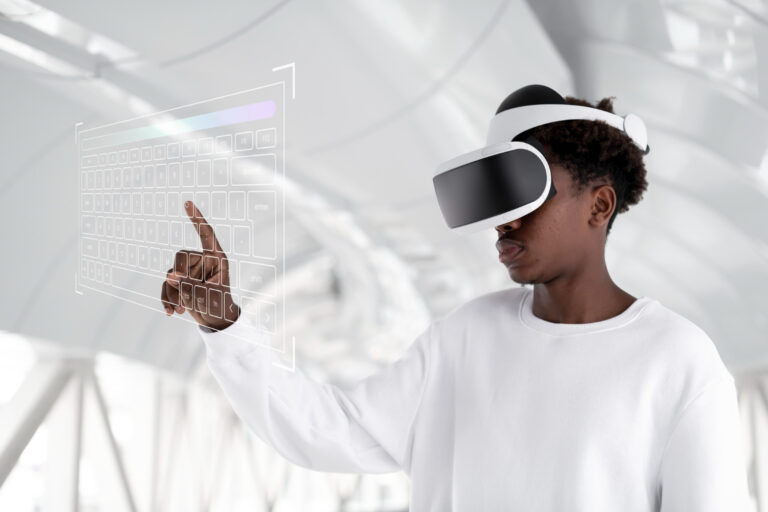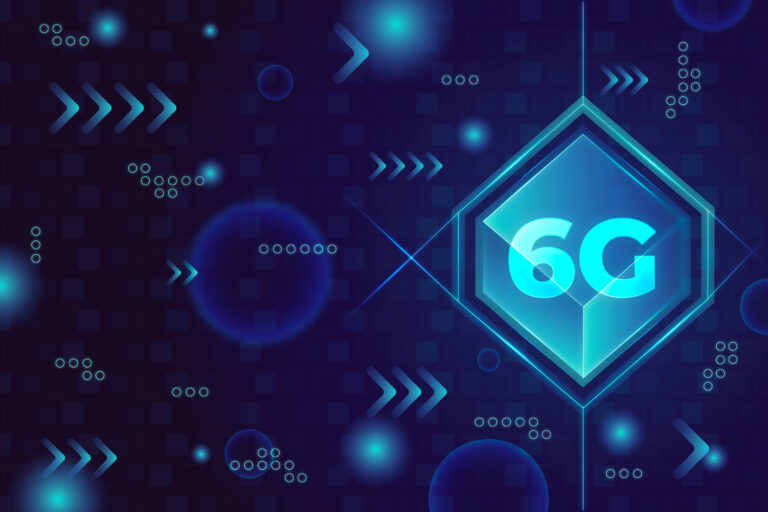10 Ground-breaking Technologies Shaping the 2025 Tech Landscape
10 Ground-breaking Technologies Shaping the 2025 Tech Landscape
The technology landscape is evolving at an unprecedented pace. Every year brings innovations that were once considered science fiction into the mainstream. As we stand in 2025, several breakthrough technologies are shaping industries, revolutionizing consumer experiences, and redefining what’s possible in our digital age.
This article explores ten of the most influential and game-changing technologies that are transforming the world around us in 2025. Whether you’re a tech enthusiast, entrepreneur, or just curious about the future, these are the technologies you need to watch.
1. Quantum Computing: The Next Frontier of Processing Power
What It Is:
Quantum computing uses the principles of quantum mechanics to perform computations at speeds impossible for classical computers.
Why It Matters:
Quantum computers can solve complex problems in seconds that would take traditional supercomputers millennia. They’re poised to revolutionize industries like cryptography, pharmaceuticals, logistics, and finance.
Current Developments:
-
IBM and Google have both made significant progress in quantum supremacy.
-
Quantum-as-a-Service (QaaS) platforms are emerging, allowing businesses to access quantum processing power via the cloud.
2. 6G Wireless Networks: Beyond Speed
What It Is:
While 5G is still rolling out globally, 6G is already in development, aiming to deliver even faster speeds, lower latency, and enhanced connectivity.
Why It Matters:
6G will support applications like real-time holography, ultra-HD augmented reality, and autonomous drones at scale.
Key Features:
-
Up to 1 terabit per second data rates
-
Integration of AI in network management
-
Seamless satellite-terrestrial communications
3. Generative AI: Redefining Creativity
What It Is:
Generative AI refers to AI models that can create new content—text, images, music, and code—based on existing data.
Why It Matters:
Tools like ChatGPT, Midjourney, and Sora are enabling creators, developers, and marketers to produce high-quality content faster and more efficiently.
Use Cases in 2025:
-
Automated video generation for marketing
-
Personalized education and tutoring
-
Code generation for developers
4. Extended Reality (XR): The Fusion of AR, VR, and MR
What It Is:
XR is an umbrella term that covers augmented reality (AR), virtual reality (VR), and mixed reality (MR).
Why It Matters:
With the rise of spatial computing devices like Apple Vision Pro and Meta Quest 3, XR is changing how we work, learn, shop, and entertain ourselves.
Examples in 2025:
-
Virtual meetings with realistic avatars
-
Immersive online shopping
-
VR classrooms and labs for education
5. Biometric Authentication: Passwords are Dying
What It Is:
Biometric authentication uses fingerprints, facial recognition, retina scans, and even behavioral patterns to verify identity.
Why It Matters:
As cybersecurity threats rise, biometrics offer a more secure and convenient way to protect sensitive data.
2025 Innovations:
-
Voice-based banking authentication
-
Gait analysis in smartphones
-
Wearables with ECG-based identity verification
6. Smart Fabrics and Wearables: Tech You Can Wear
What It Is:
Smart fabrics are textiles embedded with digital components that can monitor, sense, and react to stimuli.
Why It Matters:
They allow real-time health monitoring, sports performance tracking, and even mood detection—all integrated into clothing.
Top Applications:
-
Clothing that tracks ECG and hydration
-
Smart shoes that correct posture
-
Firefighter suits with environmental sensors
7. Blockchain Beyond Cryptocurrency
What It Is:
While originally developed for Bitcoin, blockchain is now used across industries for secure, transparent transactions.
Why It Matters:
Decentralized applications (dApps), digital identity systems, and smart contracts are making industries more secure and efficient.
Emerging Use Cases:
-
Supply chain transparency
-
Decentralized voting systems
-
NFT-based digital credentials
8. Robotics and Automation in Daily Life
What It Is:
From household chores to industrial applications, robots are becoming more affordable, capable, and autonomous.
Why It Matters:
These technologies are addressing labour shortages, increasing efficiency, and even helping in elderly care.
Current Trends:
-
Home robots that cook and clean
-
Delivery robots in urban areas
-
Robotic exoskeletons for rehabilitation
9. Carbon Capture and Climate Tech
What It Is:
Climate tech refers to technologies aimed at mitigating the effects of climate change, including carbon capture, green hydrogen, and renewable energy.
Why It Matters:
With climate change being a global crisis, these innovations are crucial to reducing greenhouse gases and promoting sustainability.
2025 Highlights:
-
AI-optimized solar panels
-
Direct air capture machines
-
Biodegradable electronics
10. Neural Interfaces: Brain Meets Machine
What It Is:
Neural interfaces allow direct communication between the brain and computers, often via implanted or wearable devices.
Why It Matters:
This has implications in healthcare (e.g., restoring mobility to paralyzed individuals), productivity, and even gaming.
Companies Leading the Way:
-
Neuralink
-
Kernel
-
NextMind
How These Technologies Interconnect
Most of these ground-breaking technologies don’t exist in isolation—they interact and reinforce one another. For example:
-
AI + Robotics = Smarter automation
-
Blockchain + IoT = Secure data in smart cities
-
6G + XR = Seamless immersive experiences
-
Quantum Computing + Drug Discovery = Faster development of treatments
The future will be built not just on individual innovations, but on their convergence.
What This Means for Businesses and Consumers
For Businesses:
-
Competitive advantage through early adoption
-
Enhanced customer experience
-
Data-driven decision making
For Consumers:
-
Smarter, personalized services
-
Enhanced convenience and efficiency
-
Better security and privacy (when implemented ethically)
Challenges Ahead
-
Ethical Concerns: Misuse of AI, privacy violations, and job displacement.
-
Regulatory Gaps: Emerging tech often outpaces laws and regulations.
-
Digital Divide: Not everyone has equal access to these innovations.
-
Environmental Impact: Tech must evolve sustainably.
Preparing for the Future
1. Upskill Continuously
Stay updated with relevant courses and certifications in AI, data science, cybersecurity, and other emerging fields.
2. Stay Curious and Adaptive
Read industry blogs, attend webinars, and participate in tech communities.
3. Be a Responsible Digital Citizen
Understand your data rights and support technologies that align with ethical standards.
Conclusion
2025 is shaping up to be a landmark year in technology. From the expansion of generative AI and 6G networks to the rise of climate tech and neural interfaces, we are entering an era of accelerated innovation. While challenges remain, the potential for positive transformation is enormous.
Whether you’re an entrepreneur, developer, student, or everyday consumer, understanding these technologies today will prepare you for the world of tomorrow.
10 Ground-breaking Technologies Shaping the 2025 Tech Landscape






